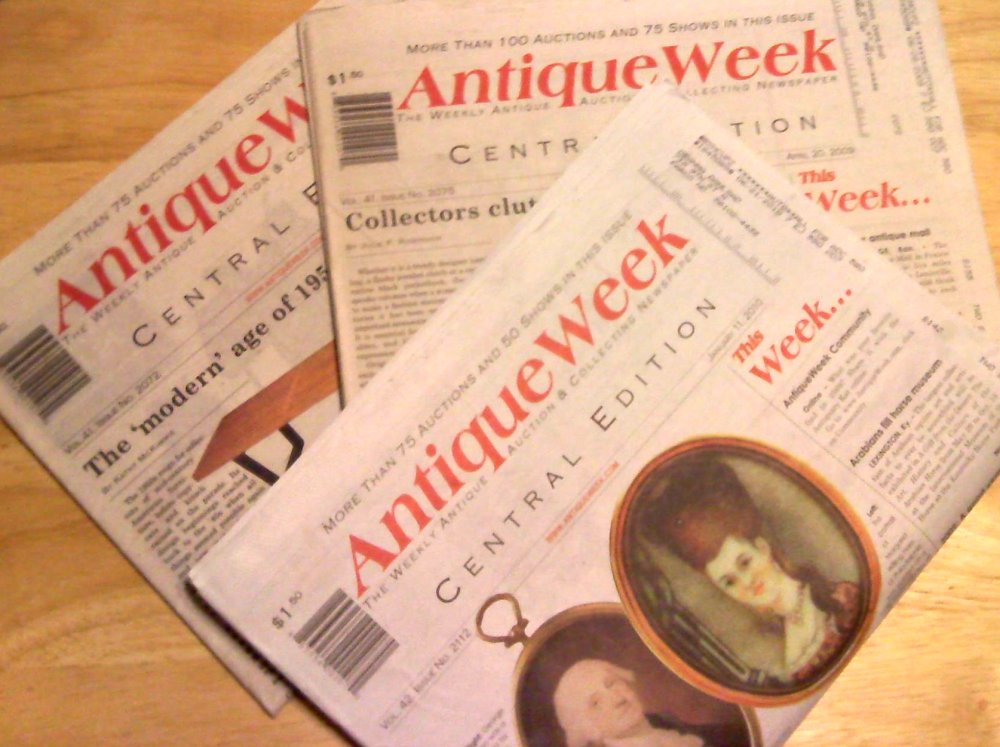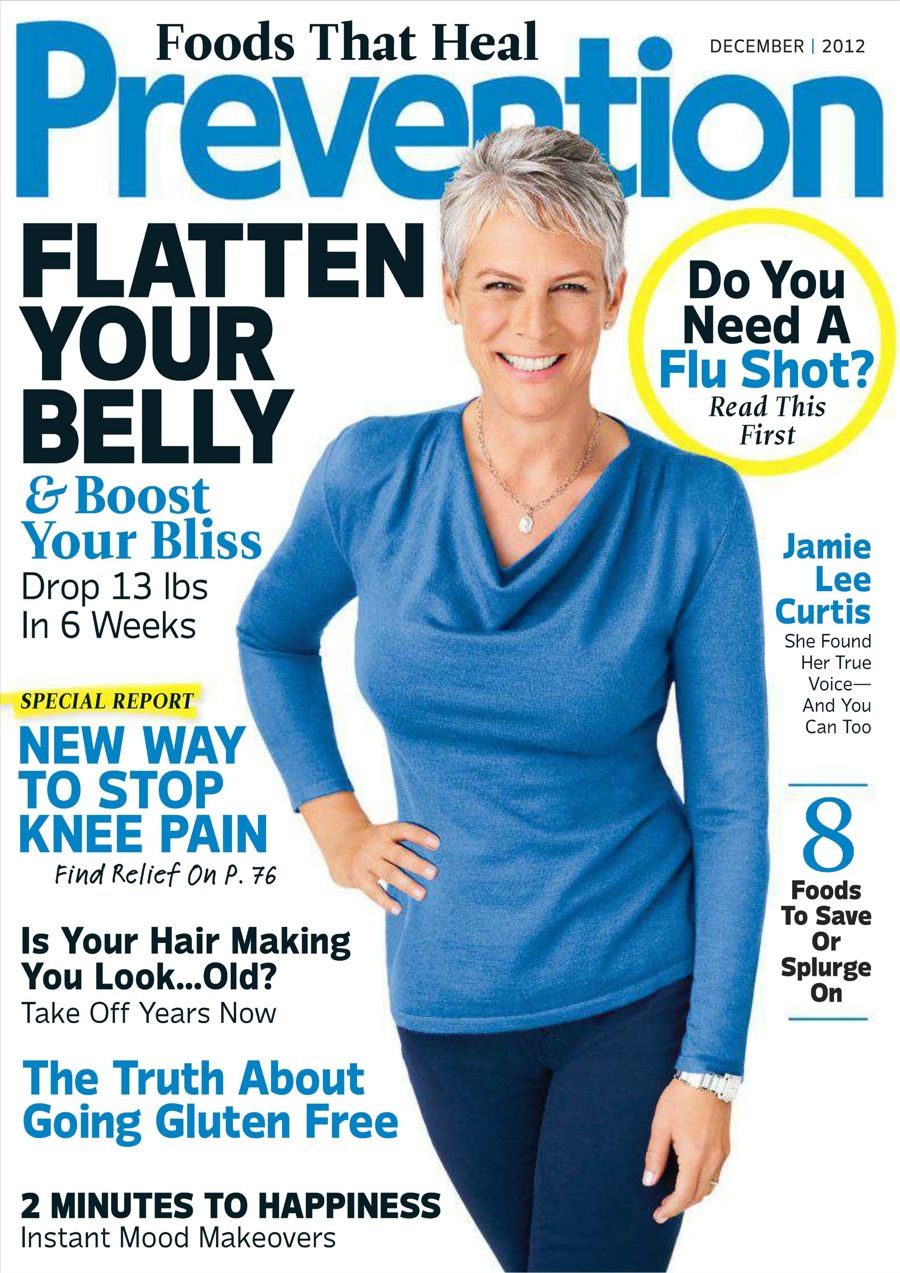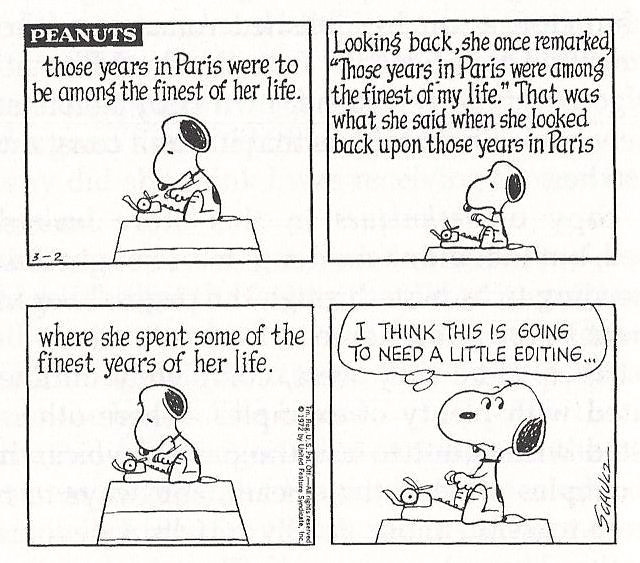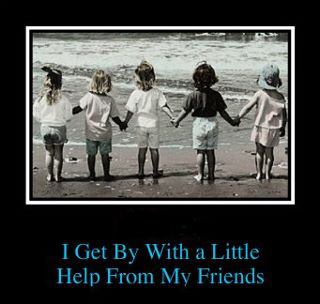"Once you're known in the industry, publications will use you over and over." (Michelle Ruberg)
You want to break into the magazine market. Where does your writing fit best? As I mentioned yesterday, there are 700 to 1000 new magazines launched every year in the United States. On the other hand, there are a plethora of old magazines which continue to attract tens of thousands of readers. Here is a breakdown of American periodicals.
 http://www.fabfreelancewriting.com/blog/wp-content/uploads/2014/07/ideamachine.jpg
http://www.fabfreelancewriting.com/blog/wp-content/uploads/2014/07/ideamachine.jpg
Women's Magazines
The six sisters are
Family Circle, Redbook, Good Housekeeping, Ladies Home Journal, Women's Day and
Better Homes & Gardens. According to Michelle Ruberg,
Redbook, launched in 1903, features articles with short, spunky words. Ruberg recommends pitching a small article of about 350 words to start for this magazine.
Ladies Home Journal, founded in 1883, features a First Person column, a good place for a new writer to debut.
Women's Day, launched in 1931, focuses on finding time for yourself, saving money, parenting and relationships.
Good Housekeeping, founded in 1885, offers articles about home, health and beauty.
Better Homes & Gardens, which debuted in 1922, focuses on decorating, gardening and home improvement. Study the content, angle and tone of each of these publications. Which one is the right fit for your article?
Trade Journals
You're in luck. Trade journals' pay rates rival those of big time magazines. Check out magazines like
Trucking Times, Knitting Digest and
AntiqueWeek, to name a few. Michelle Ruberg makes four points about writing for trade journals:
1. Select an area of expertise. Write what you know.
2. Once you are established, you can be certain of a steady income.
3. You face less competition, if you zero in on your field of expertise.
4. Once you've shown you're a pro with the smaller articles, there's a good chance your editor will give you features to write.
Travel Writing
Are you planning a trip in the next six months to a year? Did you recently go on an amazing vacation and take some beautiful photographs? Do you have an angle ex. the restaurant scene in Brooklyn, a runner's guide to Chicago, shopping haunts in San Francisco? Approach a travel magazine and pitch your idea.
Don't forget to research the magazine you have in mind. What is their word count? Are you pitching a story about Bali when they only specialize in European vacations? What are the current hotspots for vacationers? Track recent trends at the Travel Industry Association of America.
Find your niche. Do you enjoy writing about family vacations? Do you love snow sports? You could write about Vail, Colorado, a hot spot for skiing. Are you a gourmet cook? You could write about new chefs. Put a new spin on an old idea. One writer wrote about how her fear of roller coasters affected her trip to Disney World. Another writer visited Yosemite Park and rather than focussing on the famous waterfalls, he wrote instead about the families who visited there at Easter time. You could write about a destination from the viewpoint of the locals or other tourists.
Be realistic with your expectations. An editor will likely start you off with a short rather than a lengthy piece. Also, you will not likely be given an exotic locale, at least not to start. Read about Brat Packer Andrew McCarthy who changed careers from acting to travel writing at
http://www.andrewmccarthy.com/.
History Magazines
"The history market began taking off in the 1960's, with the centennial of the Civil War, and it's been going gang busters ever since," says the editor of the
MHQ: The Quarterly Journal of Military History. Whether you want to write about a narrow topic like lighthouses for
Lighthouse Digest or a broad topic like Americana for
American Heritage, there are a wide variety of opportunities for history buffs. The
Smithsonian magazine devotes at least one third of its content to history.
History magazine editors like to see writers with experience in consumer magazines. However, 30% to 40% of the articles run by
The Quarterly Journal of Military History are written by new contributors. As a history writer, you should research newspapers, documents and even interview old-timers rather than relying solely on books, which are more apt to have errors, according to Michelle Ruberg.
Health Magazines
"Writers who can interpret scientific studies and make them understandable to laymen would be worth their weight in gold, according to
Let's Live editor Beth Salmon. In recent years, Americans, fed up with bad treatment, exorbitant health insurance premiums and bureaucratic tape, have started to take their health into their own hands. A number of niche oriented magazines have been launched in recent years including
Let's Live, devoted to nutrition,
Health, devoted to a healthy lifestyle, and
Men's Health, devoted to men's issues.
MAMM talks about mammary health and
Diabetes Health talks about living with the disease. Health magazines pay a decent rate for articles, starting at $50 for a short piece in
MAMM to $5000 for a feature in
Men's Health.
Home & Garden Magazines
Research your article first and write later. Collect brochures about home decor. Visuals are everything in this market. When conducting interviews, ask questions from the consumer's standpoint. Be aware of trends. Avoid terms like "first", "the best" and "the biggest". Attend home shows to get ideas for your articles. Notice the difference between a do it yourself presentation and a coffee table display. Keep your article simple, but informed.
Ethnic Magazines
As the United States is a "hyphenated society", it has a growing appreciation for ethnic culture. Magazines like
Upscale (
http://upscalemagazine.com/), an African-American publication, accept 90% of their submissions from freelancers.
Vista magazine (
http://www.vistamagazine.com/) focusses on Americans of Hispanic origin.
German Life (
http://germanlife.com/) talks about German food, life and organizations.
Totally British Magazine focusses on television, entertainment and celebrities.
Michelle Ruberg recommends that you pick a magazine and study at least three of their latest issues. Write an article capturing the voice, flavour and spirit of the magazine you wish to submit to.
Children's Magazines
Do you like to write about science? Check out
Odyssey or
Dolphin Leg. Are you a Christian? Read
Clubhouse or
Guideposts for Kids. Do you like to write about topics boys are interested in? Read
Boy's Life or
Boy's Quest. Do you prefer to write about girls' topics? Read
Girl's Life or
American Girl. Teen magazines include
Cicada and
Seventeen.
Children's magazines are a good starting point for new writers. Michelle Ruberg suggests the following steps to break into the children's market.
1. study the magazines that interest you
2. study theme lists ex.
Cobblestone tends to run history articles like "Inventions of the 1800's"
3. send non fiction (100% of the magazines publish some non-fiction compared to only 40% fiction)
4. holiday stories put a fresh spin on an old idea ex. write a Valentine's Day article about the origin of making paper hearts
5. go beyond science and nature ex. historical events, world culture, the arts
6. include photographs
7. submit crafts, jokes and puzzles (
Highlights, Hopscotch)
For more information, visit
http://boostblogtraffic.com/write-for-magazines/.
































